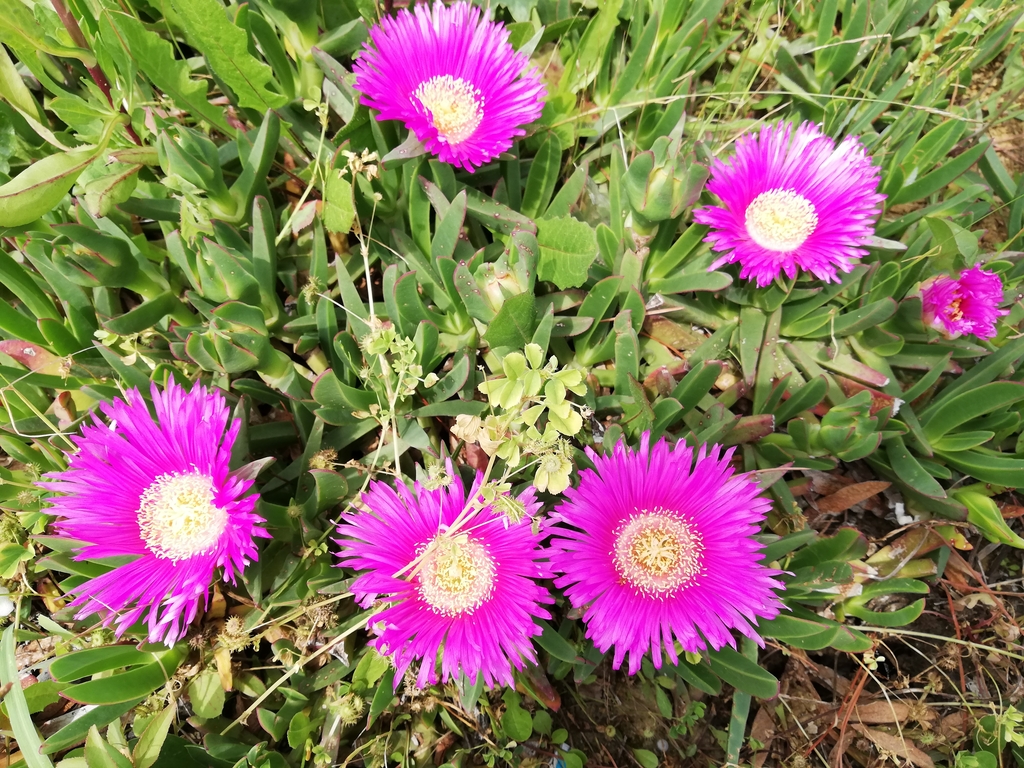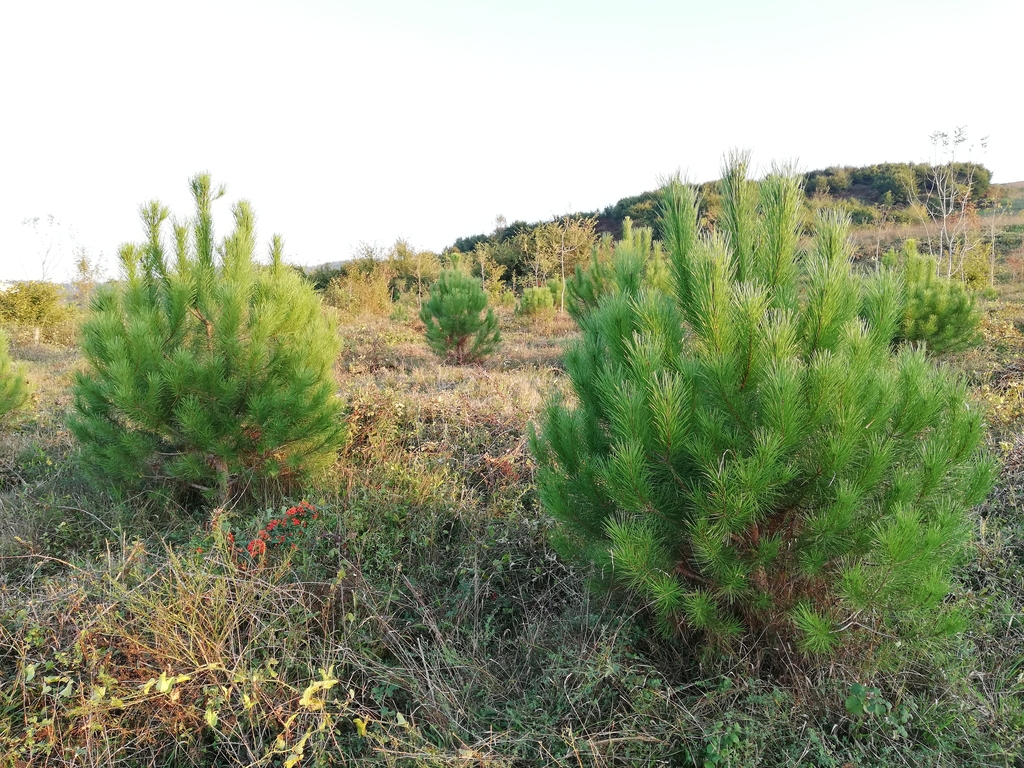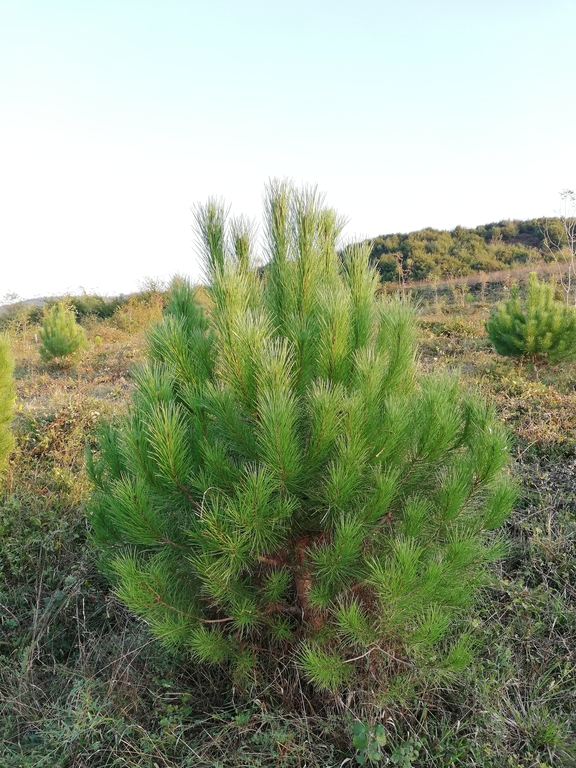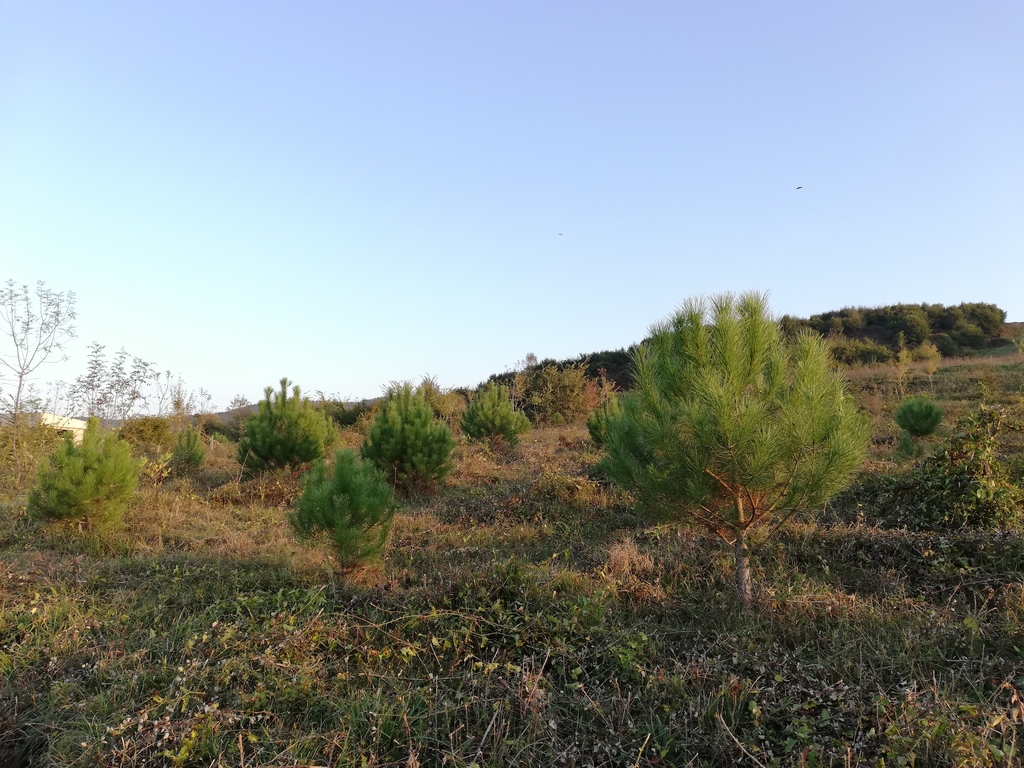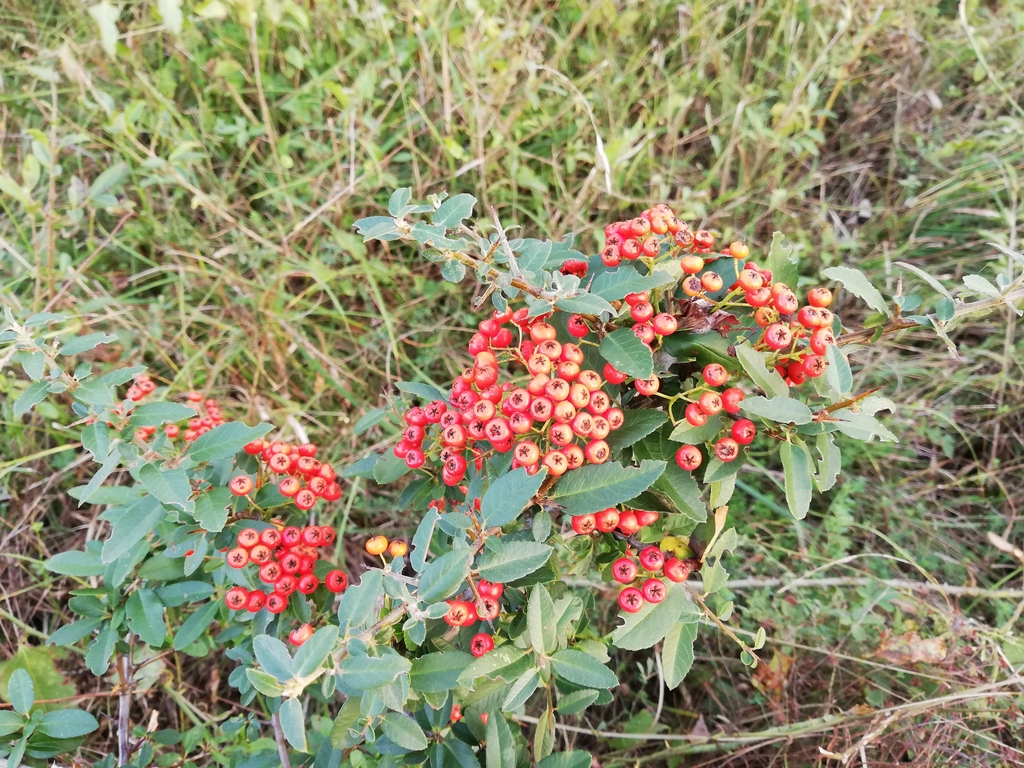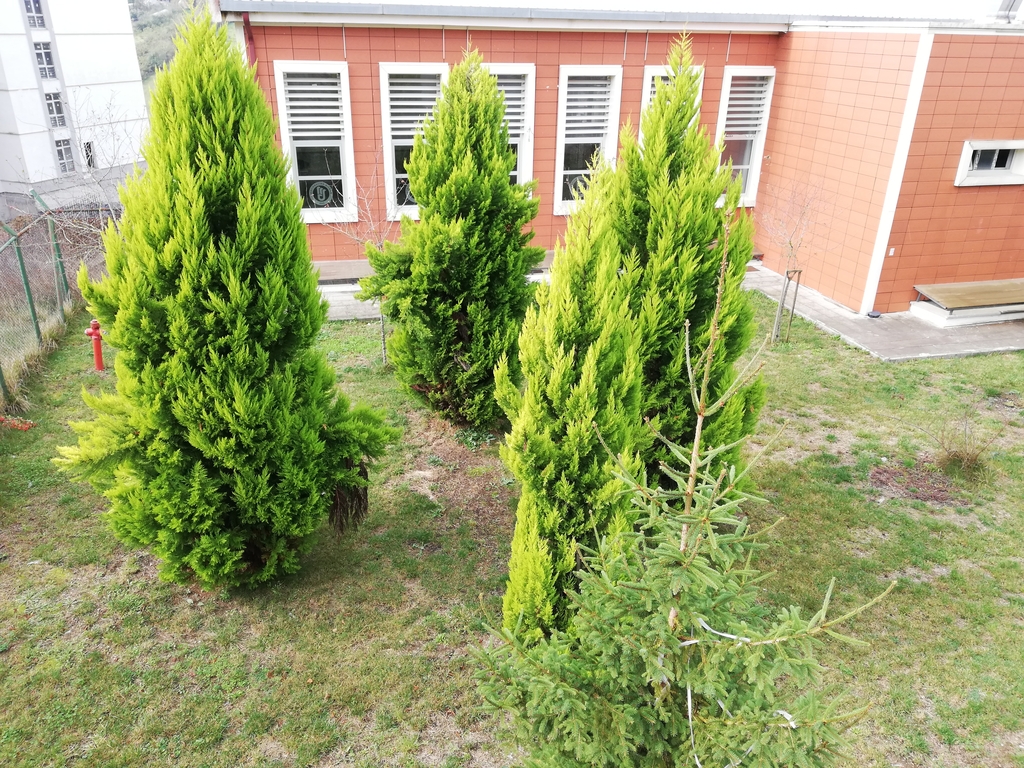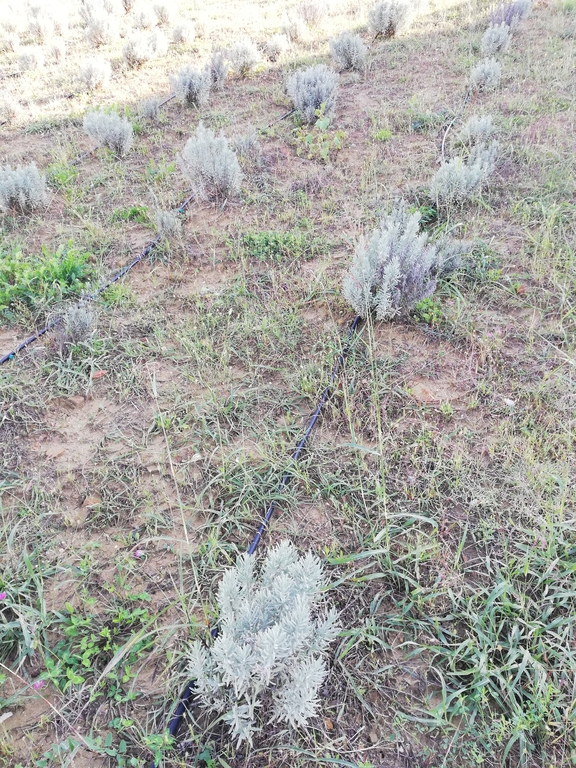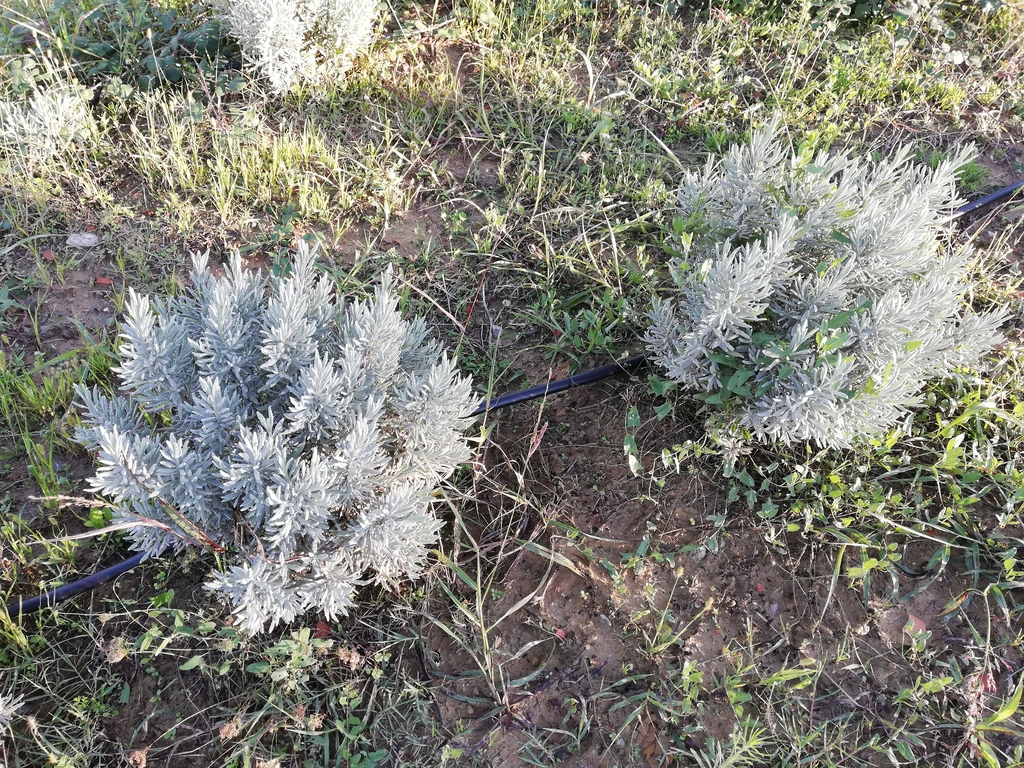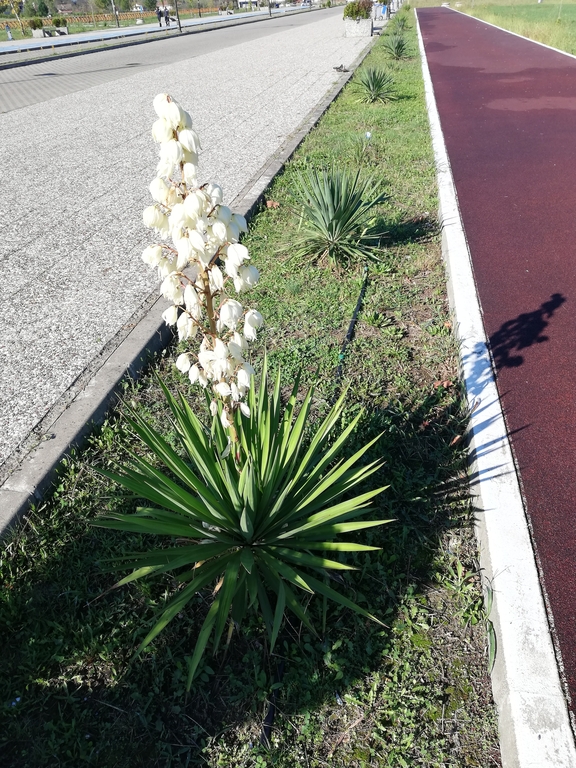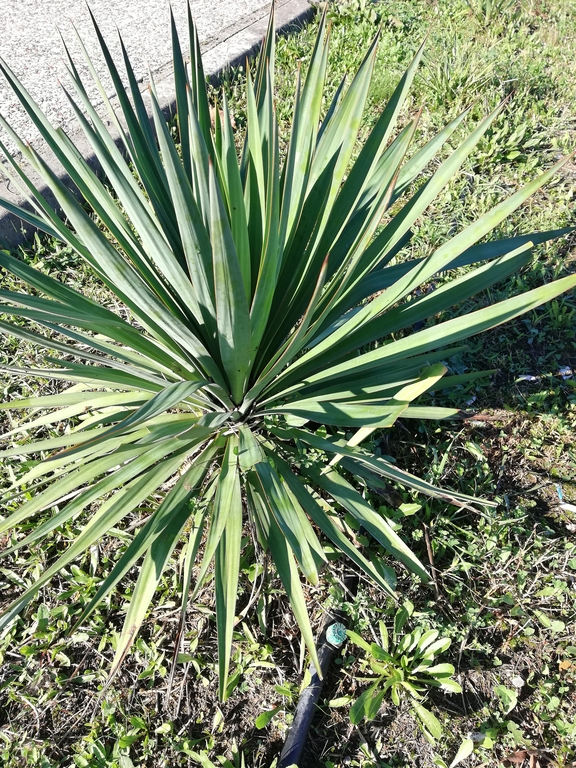
Drought-Resistant Plants
- As a result of previous scientific studies conducted at our University, less water-intensive turfgrass species have been identified
. Accordingly, different mixtures have been prepared and tested in various trial areas . As a result of these trials, the most suitable and drought-resistant turfgrass mixture has been determined and is being used in landscaping arrangements . - Drought-tolerant ground cover plants and shrubs have been carefully selected to ensure the sustainability of the landscape
. These plants include species that do not require water or can survive with very little water, such as creeping juniper, oleander, rosemary, and lavender . - Tree species are also selected with the same sensitivity, choosing durable species that can resist drought and high temperature conditions, such as pine
. - The performance of these plant species is regularly monitored to assess their capacity to adapt to changing climatic conditions
. This process establishes an important feedback mechanism for sustainable landscaping practices .
Fotoğraflar


 Türkçe
Türkçe
